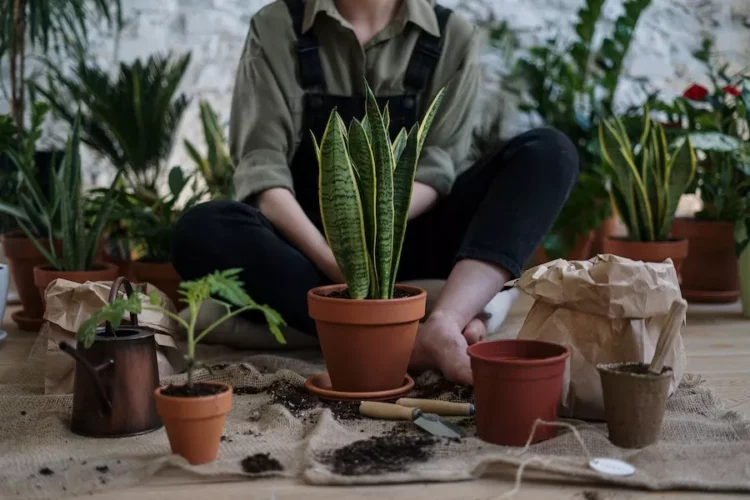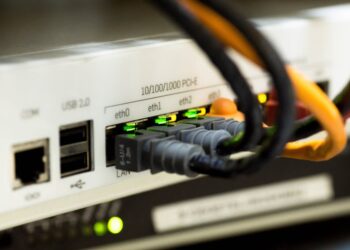The intricate mechanisms of plant growth and development have long fascinated scientists and garden enthusiasts alike. From creating beautiful landscapes to ensuring a steady supply of food, understanding how plants grow is essential. Water and light play pivotal roles in assisting the process of photosynthesis, which is responsible for a plant’s growth and vitality. Water and light work together in a synergistic manner, making it vital to understand the nuances of each component.
This blog post delves deeper into the complex interplay between water and light, specifically examining how they influence plant growth. From explaining the importance of water in hydration to examining the role of light in photosynthesis, this guide will provide an overview of how water and light help plants grow.
Click here for a child-friendly video on plant growth.
1. Plants Require Water To Transport Nutrients, Maintain Turgor Pressure, And Carry Out Photosynthesis.
Water is crucial to the growth and survival of plants. It plays an essential role in transporting nutrients from the soil into the plant’s roots, stems, and leaves, where they are utilized for growth, development, and maintenance. Water helps maintain turgor pressure, which is the pressure that plant cells exert against each other and the cell wall, providing support and rigidity to the plant’s structure. In addition, water is a vital component of photosynthesis, the process by which plants make food using light energy. Without water, plants cannot conduct photosynthesis and produce the energy needed for growth and survival.
2. Light Provides The Energy Source For Photosynthesis.
Photosynthesis is one of the most important biological processes that take place within plants. This natural process is fueled by light, which provides the energy source that enables plants to produce food. Plants use a specific part of the electromagnetic spectrum known as visible light to drive photosynthesis. Chlorophyll, the green pigment found in plant cells, absorbs light energy and converts it into chemical energy. This energy is then used to power the complex biochemical reactions that break down carbon dioxide and water molecules into glucose and oxygen, the primary building blocks of plant growth. Without sufficient light, plants cannot undergo the process of photosynthesis and cannot produce the food they need to grow and thrive.
3. The Amount And Quality Of Water And Light A Plant Receives Can Impact Its Growth.
Water is necessary for plants to carry out basic cellular processes and is also important for the uptake of essential nutrients. However, plants require just the right amount of water as overwatering can lead to root rot and other problems. Likewise, light is essential for photosynthesis, the process by which plants convert light energy into chemical energy, which they use to create food. Without enough light, plants cannot produce enough energy to grow and develop properly.
4. Proper Watering Techniques And Providing Adequate Light Can Help Ensure Healthy Plant Growth.
Proper watering techniques and providing adequate light are crucial factors to consider when growing healthy plants. Water is essential for a plant’s growth since it allows vital nutrients to be transported throughout the plant’s system. Over-watering can lead to root rot, while under-watering can cause dehydration, which can stunt a plant’s growth. Similarly, adequate light is also a vital requirement for plants since it’s used in photosynthesis. Insufficient light can decrease a plant’s ability to produce energy, slowing its growth, and causing the plant to become weak, leggy, and less productive.
5. Monitoring Soil Moisture And Light Levels And Adjusting As Needed Can Help Optimize Plant Growth.
Soil moisture levels directly impact the health of plant roots, which in turn affects their overall growth and productivity. By regularly measuring soil moisture levels using a soil moisture meter, growers can ensure that plants are receiving an adequate amount of water. Proper light levels are also critical for optimal plant growth. Using light meters to measure the amount of light reaching plants can help growers adjust light levels as needed, especially in areas with limited natural light.
6. Providing Plants With Adequate Drainage Can Also Help Prevent Overwatering.
In addition to ensuring that plants are getting the right amount of moisture, it’s equally important to provide them with adequate drainage. Overwatering can quickly become a problem for plants, as too much water can accumulate in the soil and starve the roots of oxygen. Providing plants with adequate drainage can help prevent this issue by allowing excess water to drain away from the roots and out of the soil. This can be achieved by using well-draining soil, planting in containers with drainage holes, or adding a layer of gravel or sand at the bottom of the container to promote water drainage. By ensuring that plants have proper drainage, you can help promote healthy growth and prevent potential issues caused by overwatering.
7. Different Plants Have Different Preferences For Light Intensity And Duration.
Some plants require direct sunlight, while others need low light or filtered shade. Along with light intensity, the duration of light exposure is also crucial. Some plants require longer hours of sunlight, while others need shorter periods. Additionally, some plants can tolerate partial or full shade, while others need full sun exposure to thrive. Properly managing the lighting conditions for different plants is crucial for their optimal development.
8. Consider Using Grow Lights If Natural Light Is Not Readily Available, But Be Sure To Research The Correct Type And Intensity For Each Plant.
If natural light is not readily available, the use of grow lights can be an effective alternative for plant growth. However, it is essential to research the appropriate type and intensity of the grow light for each plant as each type of plant may require different amounts of light. Thus, when using grow lights, it is critical to research the specific requirements of each plant and adjust the lighting accordingly. By providing the right type and intensity of grow light, plants can thrive even in indoor environments with limited natural light.
In conclusion, the relationship between water and light is vital to the growth and survival of the world’s plants. Understanding the intricacies of this relationship is essential when it comes to growing healthy plants, whether it’s a small windowsill herb garden or a large agricultural operation. By providing the right amount of water and light, we can ensure that our plants thrive and contribute to the health of our ecosystems. With this knowledge, we can appreciate the science behind photosynthesis and better appreciate the beauty of the natural world around us.







